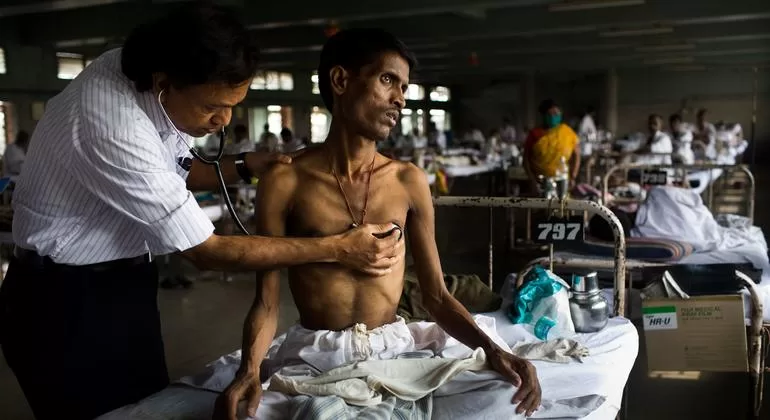In a recent publication by the Asian Development Bank (ADB) on their Asian Development Blog, many developing countries in the Asia-Pacific region, including the Philippines, are still grappling with high tuberculosis (TB) incidence rates. The article, which cites World Health Organization (WHO) data, highlights that the highly infectious disease remains a significant health challenge in the region, with Southeast Asia accounting for 46% of global TB infections in 2022, the highest of any region, according to Xinhua news agency.
The article underscores the severe impact of the COVID-19 pandemic on national TB prevention and treatment programs, which led to an estimated half a million excess deaths between 2020 and 2022. However, there is a silver lining: post-pandemic recovery efforts have seen an increase in the number of people diagnosed with and treated for TB, helping to mitigate some of the pandemic’s damage.
The WHO Global Tuberculosis Report 2023 paints a stark picture of TB prevalence in the region. The Philippines, Indonesia, Mongolia, Papua New Guinea, and Vietnam are noted for having some of the highest TB levels, with around 700,000 people in the Philippines currently battling active TB out of a population of 115 million. The situation is exacerbated by socioeconomic factors such as poverty and overcrowding, particularly in impoverished urban areas where nearly 10 million Filipinos reside. These conditions, combined with poorly-resourced public health services, contribute to the widespread incidence of TB.
In Indonesia, TB is the fourth-highest cause of death overall and the leading cause of death by a contagious disease among individuals aged 15 to 49 years. TB, an airborne disease often linked to urban poverty, ranks as the world’s second-biggest infectious killer after COVID-19. Many countries are striving to eliminate TB by 2030, aligning with the WHO’s End Tuberculosis Strategy.
The ADB article suggests that practices such as mask-wearing and improved hygiene, which were effective against COVID-19, could be instrumental in helping the Asia-Pacific region eradicate TB. However, it also acknowledges the persistent challenges posed by socioeconomic factors like poverty, overcrowding, poor sanitation, lack of infrastructure, and inadequate public health systems, which allow the disease to remain endemic.
Efforts to combat TB in the Asia-Pacific region will require comprehensive strategies that address these underlying issues while continuing to improve diagnosis and treatment rates. Only through such multifaceted approaches can the goal of eliminating TB by 2030 become a reality.











